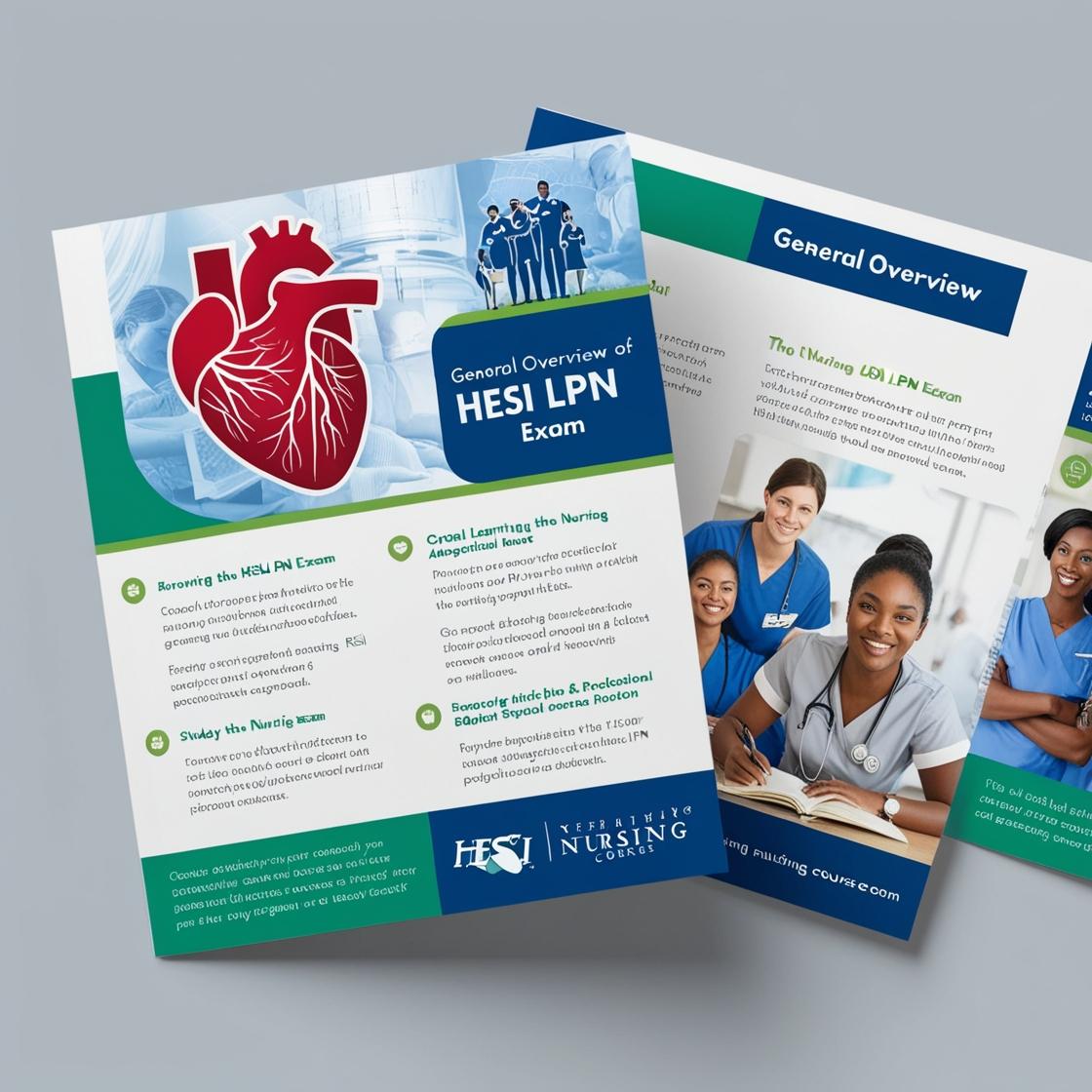HESI LPN
CAT Exam Practice
1. The client has silvery scaling plaques bilaterally on elbows, forearms, and palms. When scratched, the skin bleeds over these plaques. What is most important to include in this client’s plan of care?
- A. Interventions to decrease emotional stress
- B. Precautions about avoiding sunlight
- C. Strategies to increase omega-3 fatty acids in the diet
- D. Instruct about applying a corticosteroid cream
Correct answer: A
Rationale: The most important aspect to include in this client's plan of care is interventions to decrease emotional stress. Psoriasis, characterized by silvery scaling plaques on the skin, can be exacerbated by emotional stress. Managing stress is crucial in controlling the condition. Precautions about avoiding sunlight are important in psoriasis management, but emotional stress has a more significant impact. While omega-3 fatty acids may provide some benefits, stress management should take priority. Applying a corticosteroid cream may help with symptoms, but addressing emotional stress is crucial for long-term management of psoriasis.
2. A client with acute renal failure (ARF) is admitted for uncontrolled type 1 diabetes mellitus and hyperkalemia. The nurse administers an IV dose of regular insulin per sliding scale. Which intervention is the most important for the nurse to include in this client’s plan of care?
- A. Monitor the client’s cardiac activity via telemetry.
- B. Maintain venous access with an infusion of normal saline.
- C. Assess glucose levels via finger stick every 4 to 6 hours.
- D. Evaluate hourly urine output for the return of normal renal function.
Correct answer: A
Rationale: Monitoring cardiac activity is crucial in this scenario because hyperkalemia can lead to serious cardiac dysrhythmias, which can be life-threatening. Regular monitoring of the client’s cardiac activity via telemetry allows for early detection of any potential cardiac complications. Maintaining venous access with a normal saline infusion is important for hydration but does not address the immediate risk of cardiac dysrhythmias posed by hyperkalemia. Assessing glucose levels is essential in diabetes management but is not the priority when dealing with hyperkalemia-induced cardiac risks. Evaluating hourly urine output for the return of normal renal function is important in ARF but is not as urgent as monitoring the client's cardiac activity in the context of hyperkalemia.
3. While a patient is receiving beta-1b interferon every other day for multiple sclerosis, which serum laboratory test findings should the nurse monitor to assess for possible bone marrow suppression caused by the medication? (Select all that apply)
- A. Platelet count
- B. White blood cell count (WBC)
- C. Sodium and potassium
- D. Red blood cell count (RBC)
Correct answer: A
Rationale: Beta-1b interferon can lead to bone marrow suppression, impacting blood cell production. Therefore, monitoring the platelet count, white blood cell count (WBC), and red blood cell count (RBC) is essential. Platelet count is a direct indicator of bone marrow function and can show early signs of bone marrow suppression. While sodium, potassium, and albumin/protein levels are important for overall health assessment, they are not directly associated with bone marrow suppression caused by the medication.
4. Prior to surgery, written consent must be obtained. What is the nurse’s legal responsibility with regard to obtaining written consent?
- A. Validate the client's understanding of the surgical procedure to be conducted
- B. Explain the surgical procedure to the client and ensure the client comprehends before signing the consent form
- C. Ensure the client, not a family member, signs the surgical consent form
- D. Confirm that the surgical consent form is signed and included in the client's record
Correct answer: A
Rationale: The nurse's legal responsibility in obtaining written consent is to validate the client's understanding of the surgical procedure to be conducted. This process ensures that the client has been comprehensively informed about the procedure, including its risks, benefits, and alternatives. Choice B is incorrect because it does not emphasize the validation of client understanding, which is crucial for informed consent. Choice C is incorrect as the client, not a family member, should provide consent unless specific circumstances dictate otherwise. Choice D is incorrect because although ensuring the consent form is signed and filed is important, it does not address the primary responsibility of confirming the client's comprehension and ensuring informed consent.
5. A continuous infusion of nitroglycerin is prescribed for an adult male admitted with an acute myocardial infarction. The client is experiencing active chest pain that he describes as 8 out of 10. Which intervention is most important for the nurse to implement?
- A. Administer the infusion via an infusion pump
- B. Obtain the current serum potassium level
- C. Continuously monitor blood pressure
- D. Teach guided imagery to decrease pain
Correct answer: C
Rationale: Continuously monitoring blood pressure is crucial in this case because nitroglycerin can cause hypotension as a side effect. Monitoring blood pressure allows the nurse to assess the client's response to the medication and detect any signs of hypotension promptly. This intervention is essential to ensure the effectiveness of nitroglycerin therapy and prevent potential complications. Administering the infusion via an infusion pump is important for accurate dosing but not the most critical at this moment. Obtaining the current serum potassium level is important but not the most immediate concern when the client is experiencing active chest pain. Teaching guided imagery may be beneficial for pain management, but in this scenario, monitoring blood pressure takes precedence due to the potential side effects of nitroglycerin.
Similar Questions

Access More Features
HESI LPN Basic
$69.99/ 30 days
- 50,000 Questions with answers
- All HESI courses Coverage
- 30 days access @ $69.99
HESI LPN Premium
$149.99/ 90 days
- 50,000 Questions with answers
- All HESI courses Coverage
- 30 days access @ $149.99
